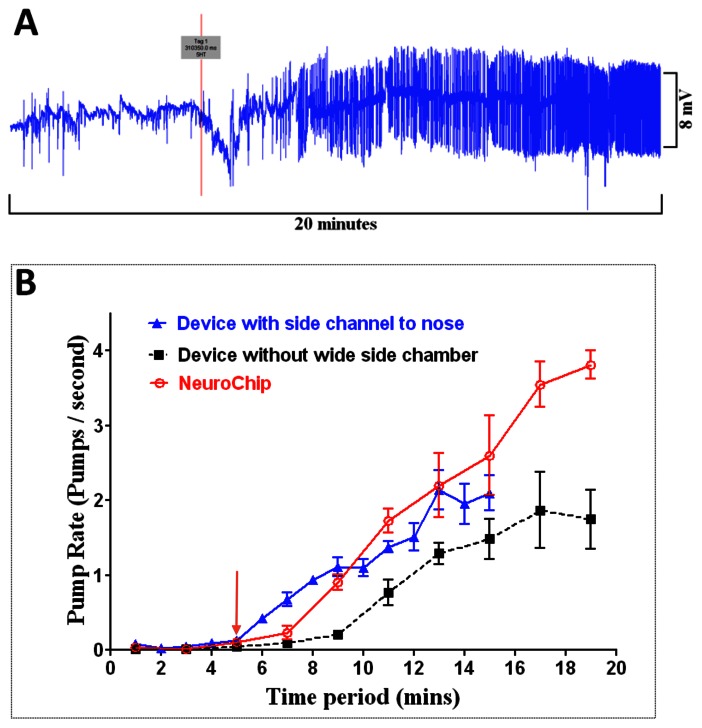Figure 6. Optimising drug delivery time.
NeuroChip recordings were made from wild-type worms whilst 5-HT (10 mM) was added via the drug port or outlet port (see Fig. 2C). Two different designs of device were tested. One with (NeuroChip) and one without a wide perforated chamber that juxtaposed the trapping channel (see Fig. 2G). A. EPG recording taken during exposure to the 5-HT. The red line indicates when the 5-HT was added to the drug port under a positive pressure of 1 bar. This recording was made using the device with the wide side chamber i.e. NeuroChip B. Response time to 5-HT for NeuroChip. The red arrow indicates when 5-HT was applied either via the drug port or via the outlet port as indicated. The dotted black line indicates the response time for the device without the wide side chamber. The blue line indicates the response time for NeuroChip with 5-HT added directly to the nose via the outlet port. The response to 5-HT in NeuroChip was significantly greater than the response that was recorded compared to the device without the side chamber (n = 5 worms for each design; data are mean ± SEM; ** P = 0.0089, Student’s t-test for the last time point). The maximum pump rate following 5-HT application to NeuroChip closely matched that observed in worms that were pre-incubated in 5-HT prior to addition to the device (see Table 1) suggesting full equilibriation of the drug with the worm. The experiments in which the 5-HT was added to the nose via the outlet port had to be terminated after 15 minutes as the increased pressure in the channel made it difficult to maintain the worm in the trap. However, 2 minutes after addition of 5-HT there was a significantly greater increase in frequency when 5-HT was applied to the nose compared to addition via the drug port (n = 5 worms for each design P = 0.0013, one-way ANOVA) suggesting that the onset of response might be slightly faster following this route of application.

